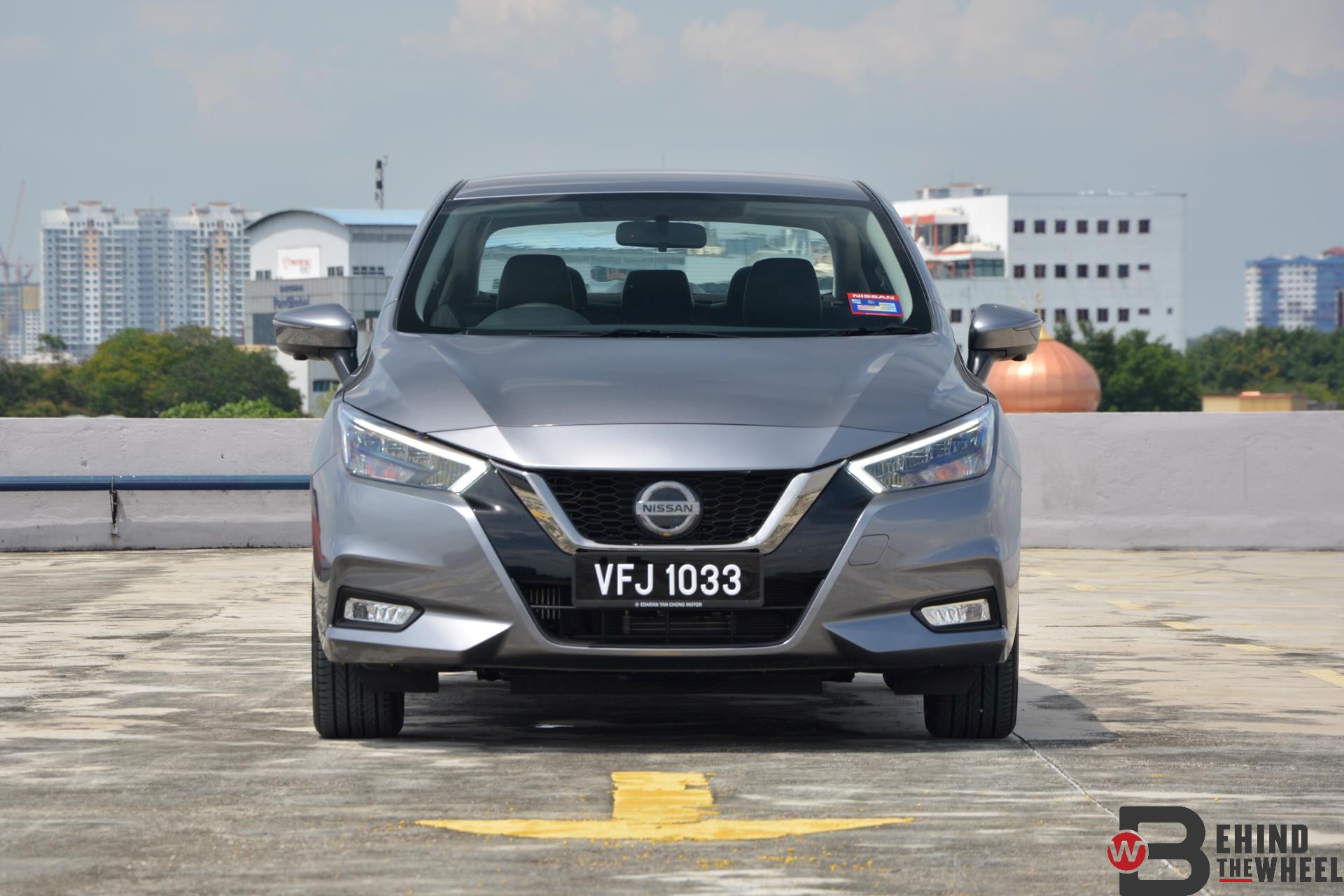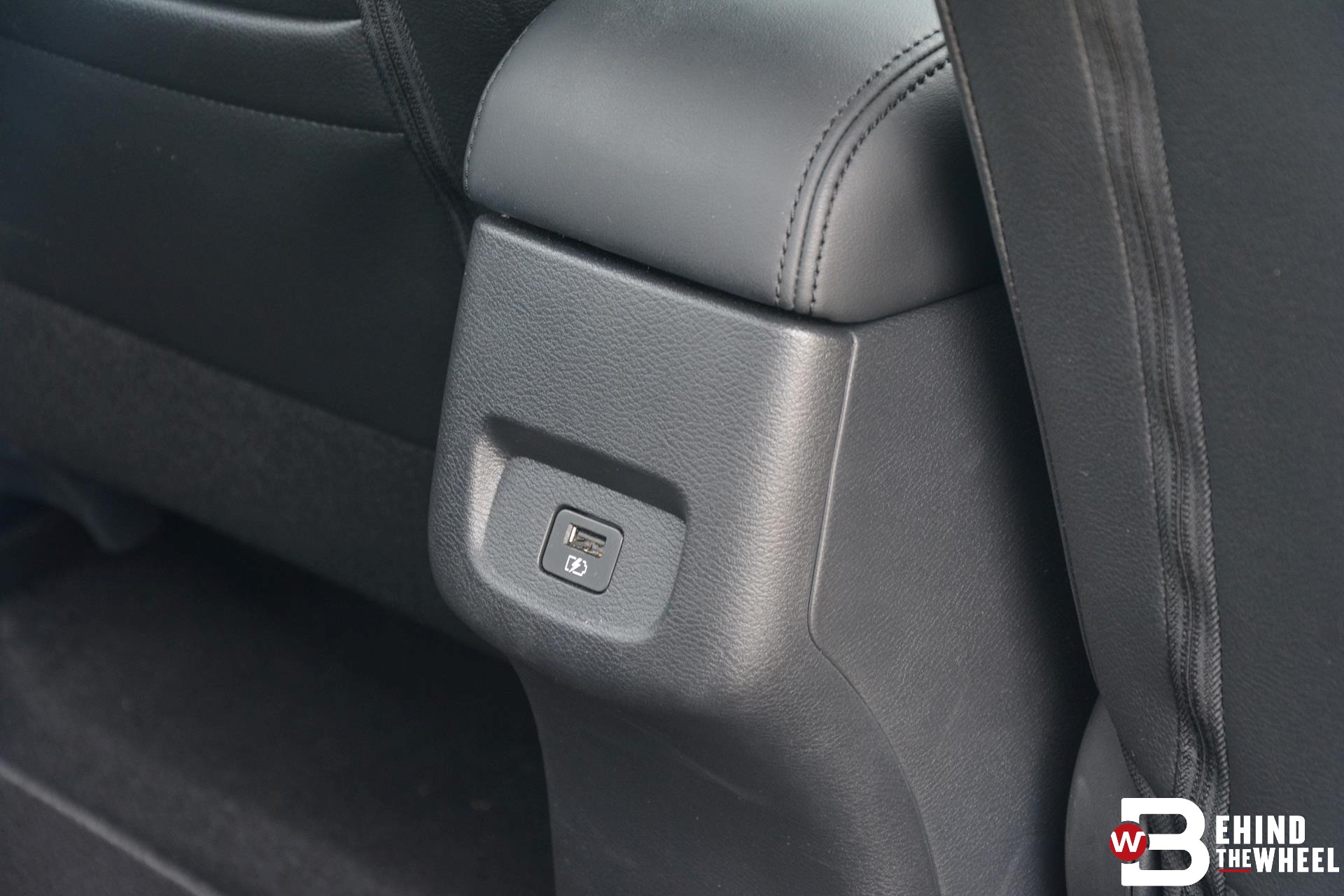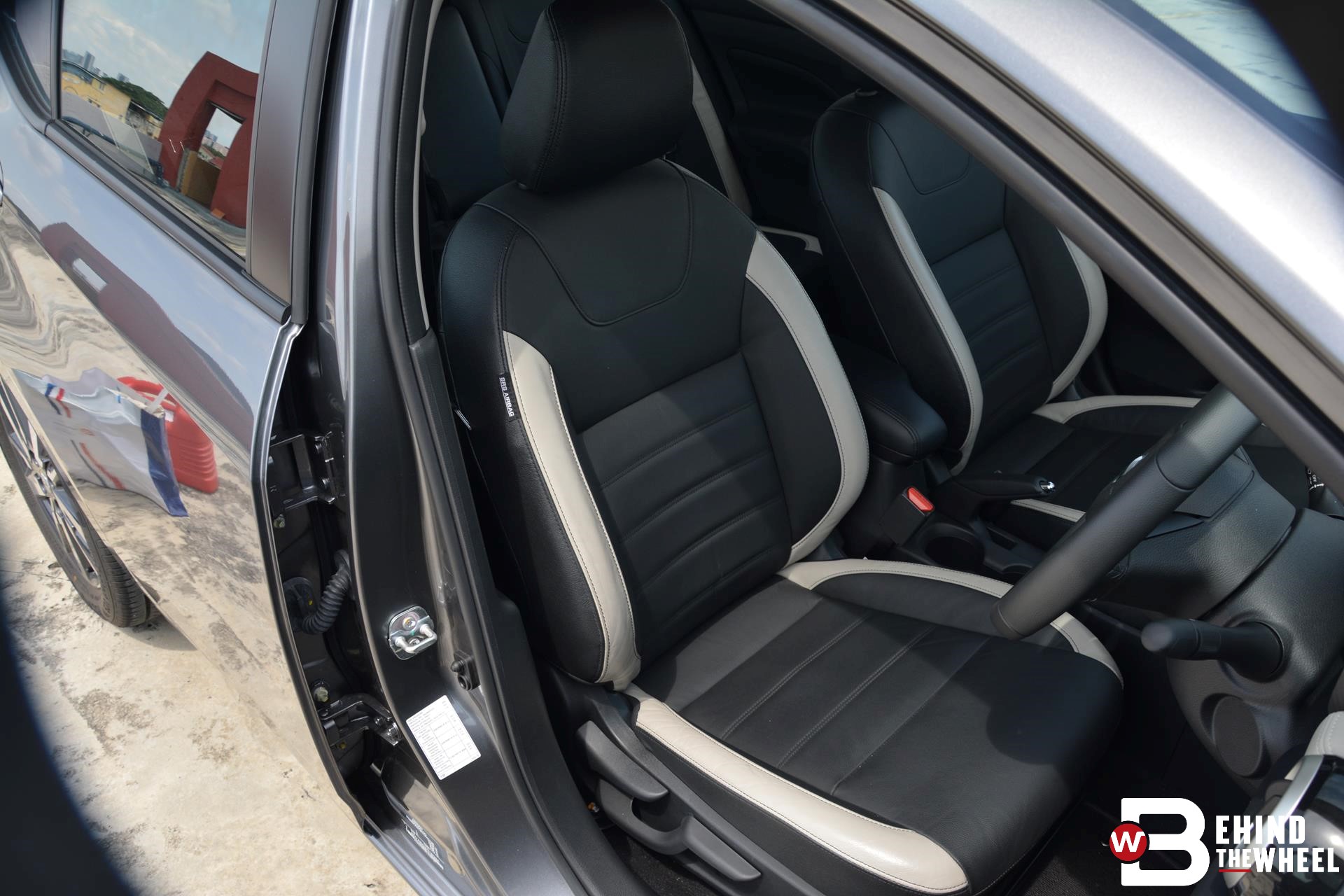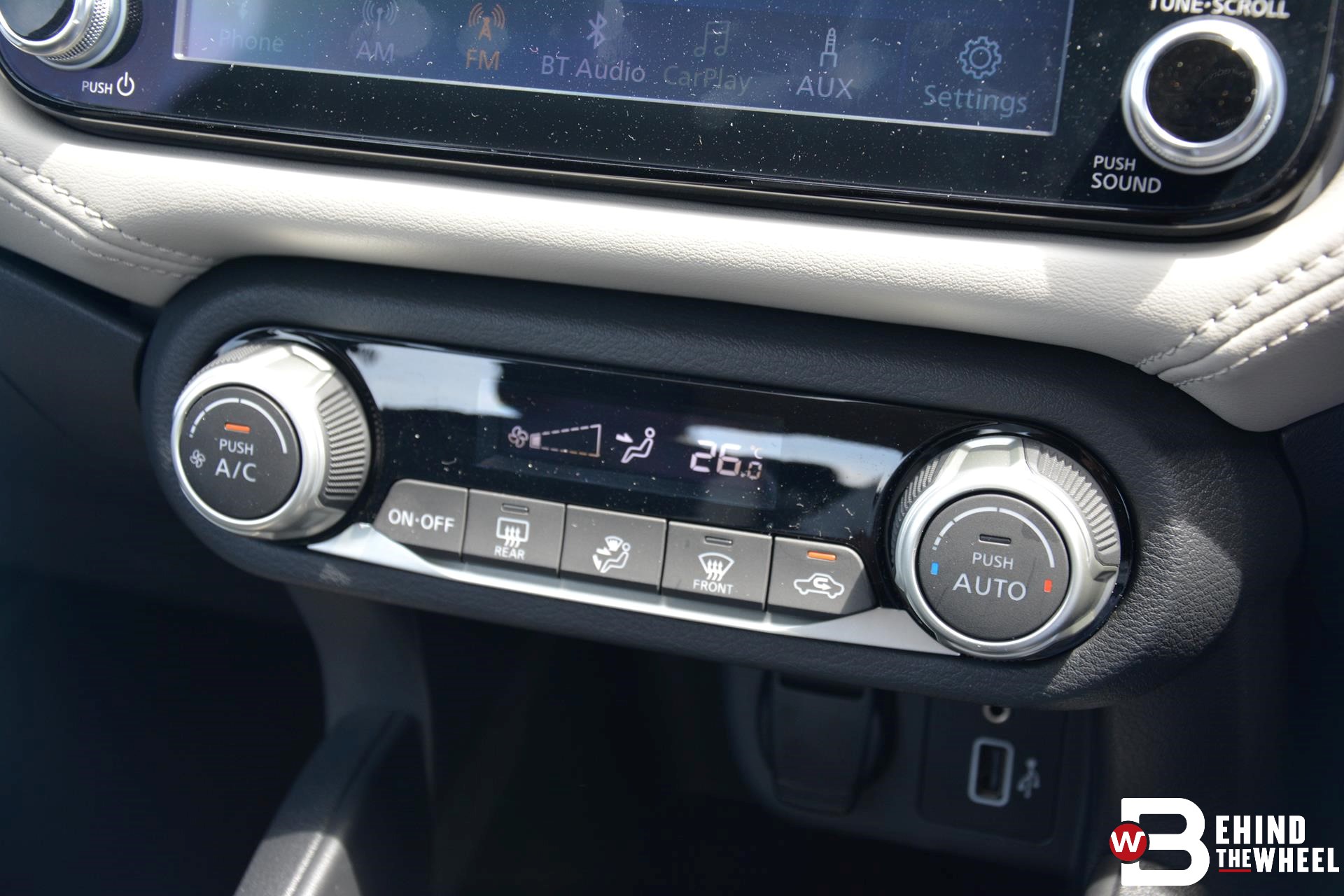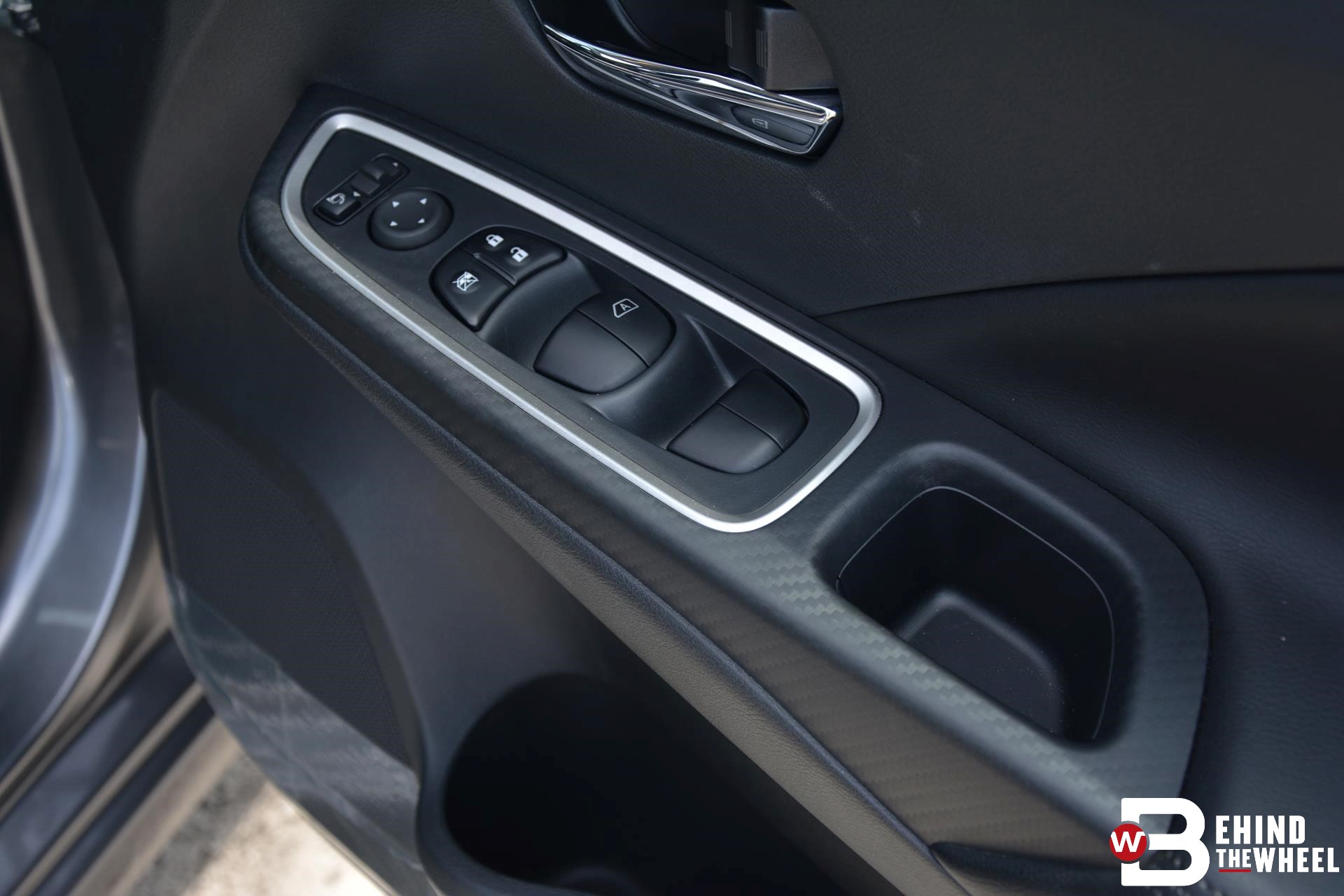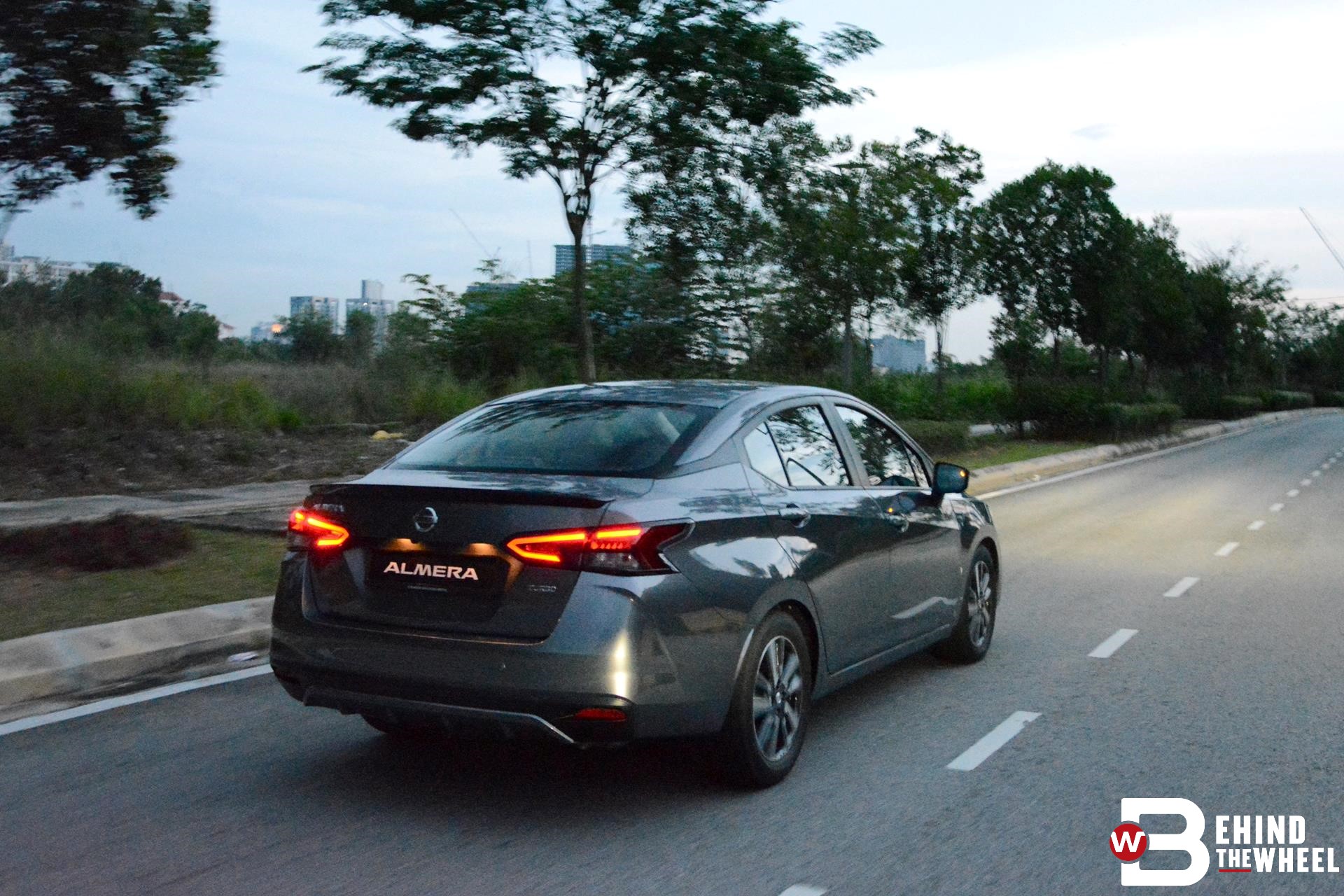A potato is a vegetable that we all adore because it can be turned into French fries or vodka. In slang, a potato means something humdrum, dull, monotonous, strange and ugly… all terms that were befitting of the previous Nissan Almera.
That’s not to say it was a complete small potato though in the B-segment. It had the distinction of being among the industry firsts to offer Apple CarPlay and possessed cavernous rear legroom as well as boot space coupled with pricing that undercut the competition by some margin made it a favourite among Grab drivers.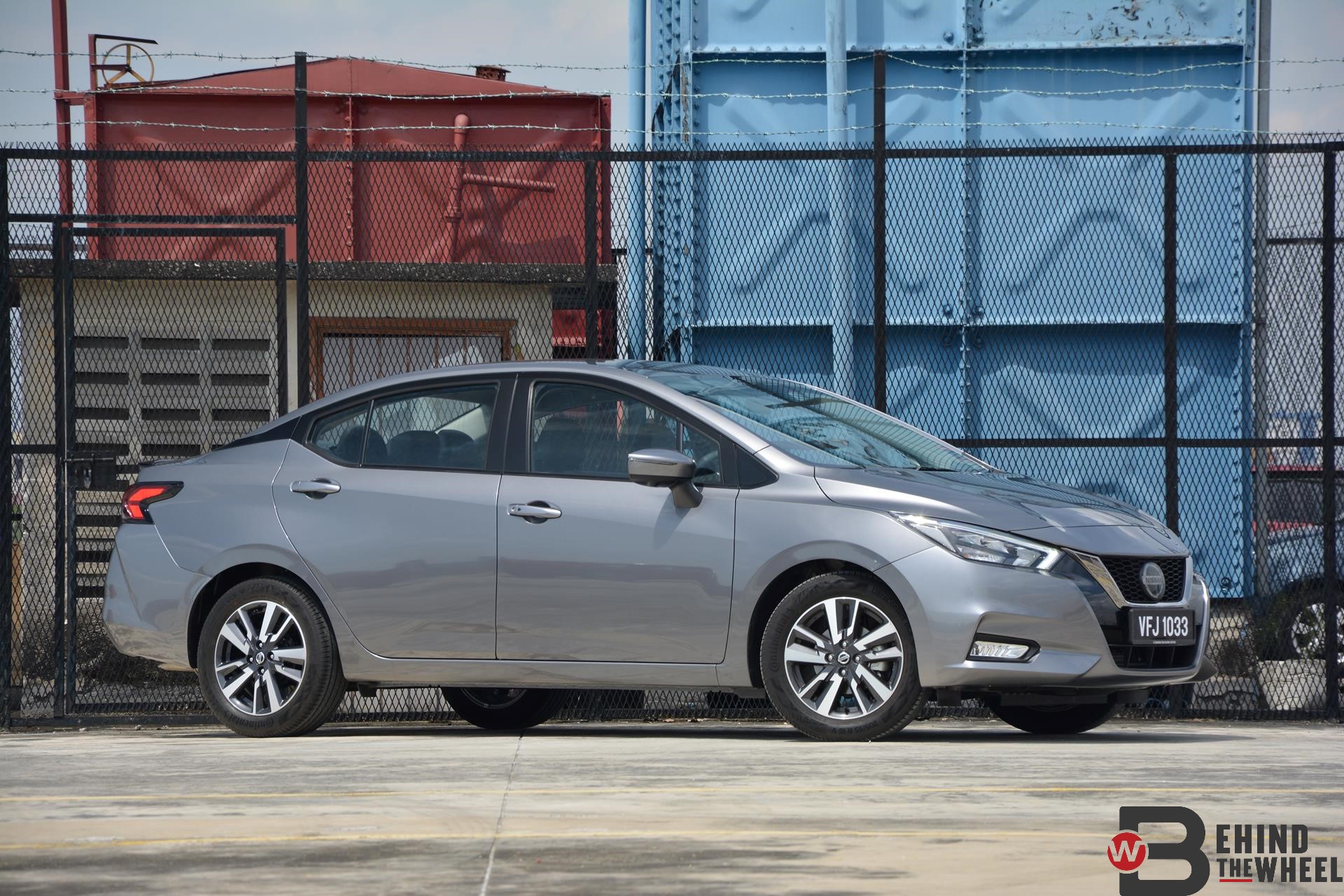
Nonetheless, its asthmatic engine with couch potato-like acceleration against contemporary competition understandably made mass consumers drop it like a hot potato. All in, the Almera was terminally under-specced in other areas; areas that mattered to consumers.
Fortunately, the new Almera addresses all those issues; appearing lightyears ahead of its predecessor. But then again, it was near-impossible for Nissan to drop the ball on this seeing that the older car was such a disaster.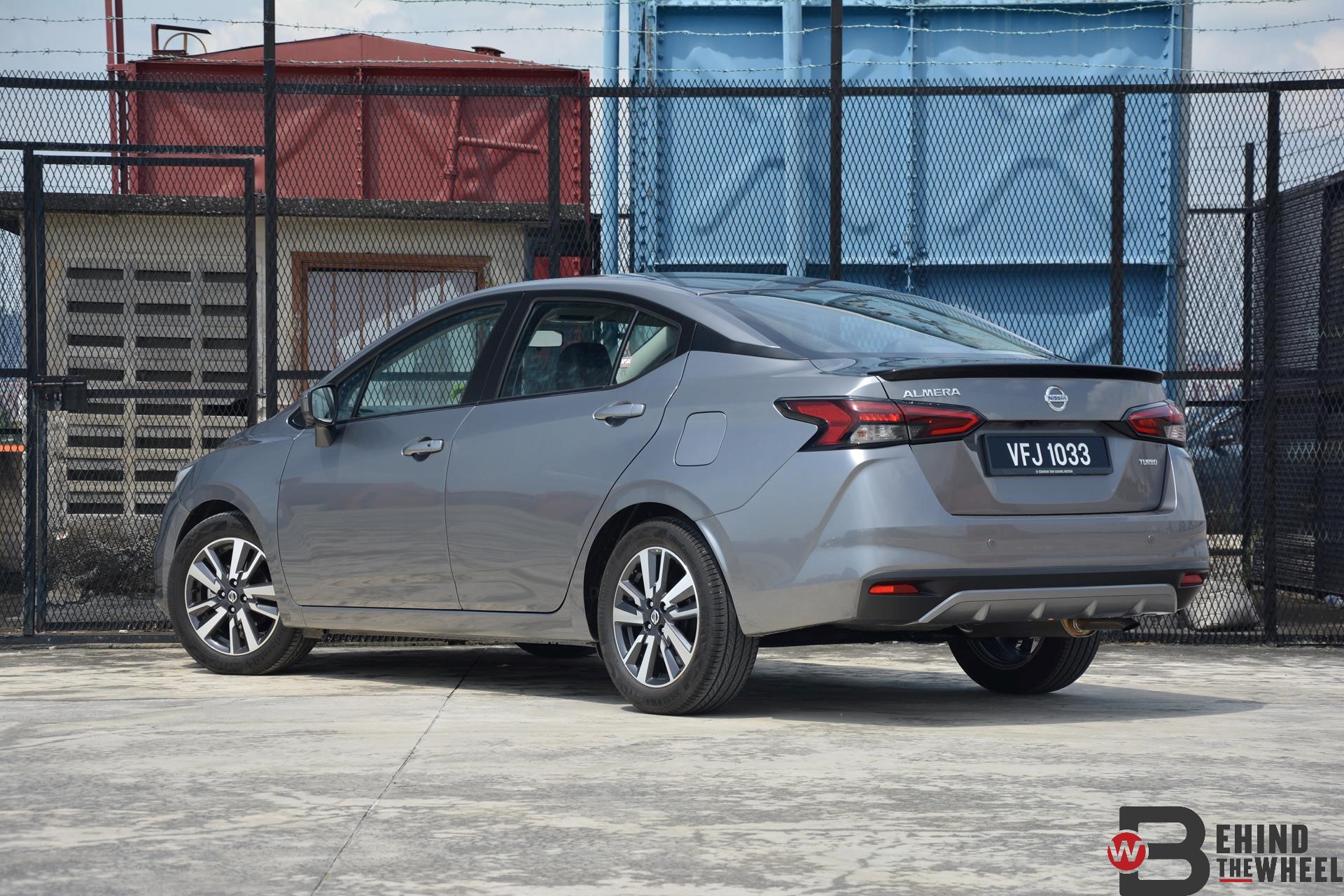
Still, let’s not dwell on the past and appreciate the present (words to live by in 2020 in general).
Exterior wise, it’s a complete glow-up with the adoption of the design language previewed on the VMotion 2.0 concept with the new logo. That prominent V-Motion front grille with borders flowing in a V-shape into the hood add multiple layers to a refreshing face. The outer V flows into the LED headlights with LED DRLs. Even the fog lights are LED items. The LED treatment is specific for the flagship VLT trim pictured here.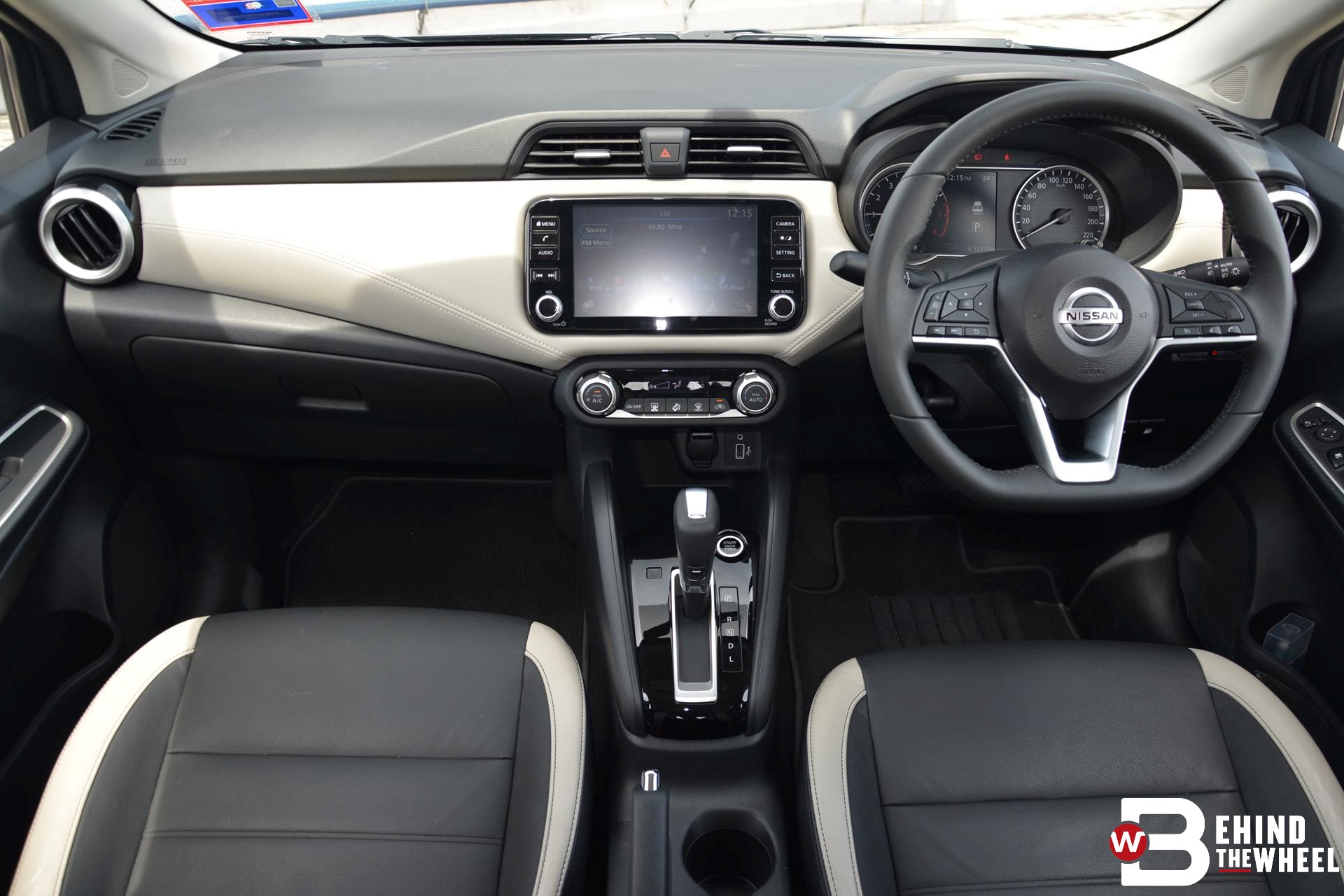
Nissan even fixed a major design shortcoming with the previous car; those anorexic tyres that made the Almera appear massively undertyred. Here, you’ll find larger 16-inch alloys in a 205/55/16 sizing that fits the streamlined rear like a glove. Speaking of that rear, the taillights are inspired by the VMotion 2.0 concept as well, with LED elements. That trunk spoiler is VLT specific as well.
The cabin rightly retains the previous Almera’s hallmark cavernous legroom and space whilst incorporating premium tactile points on almost every surface; eradicating a hallmark shortcoming of the previous car. It’s hard to find fault here as they fixed the broken and retained the functional.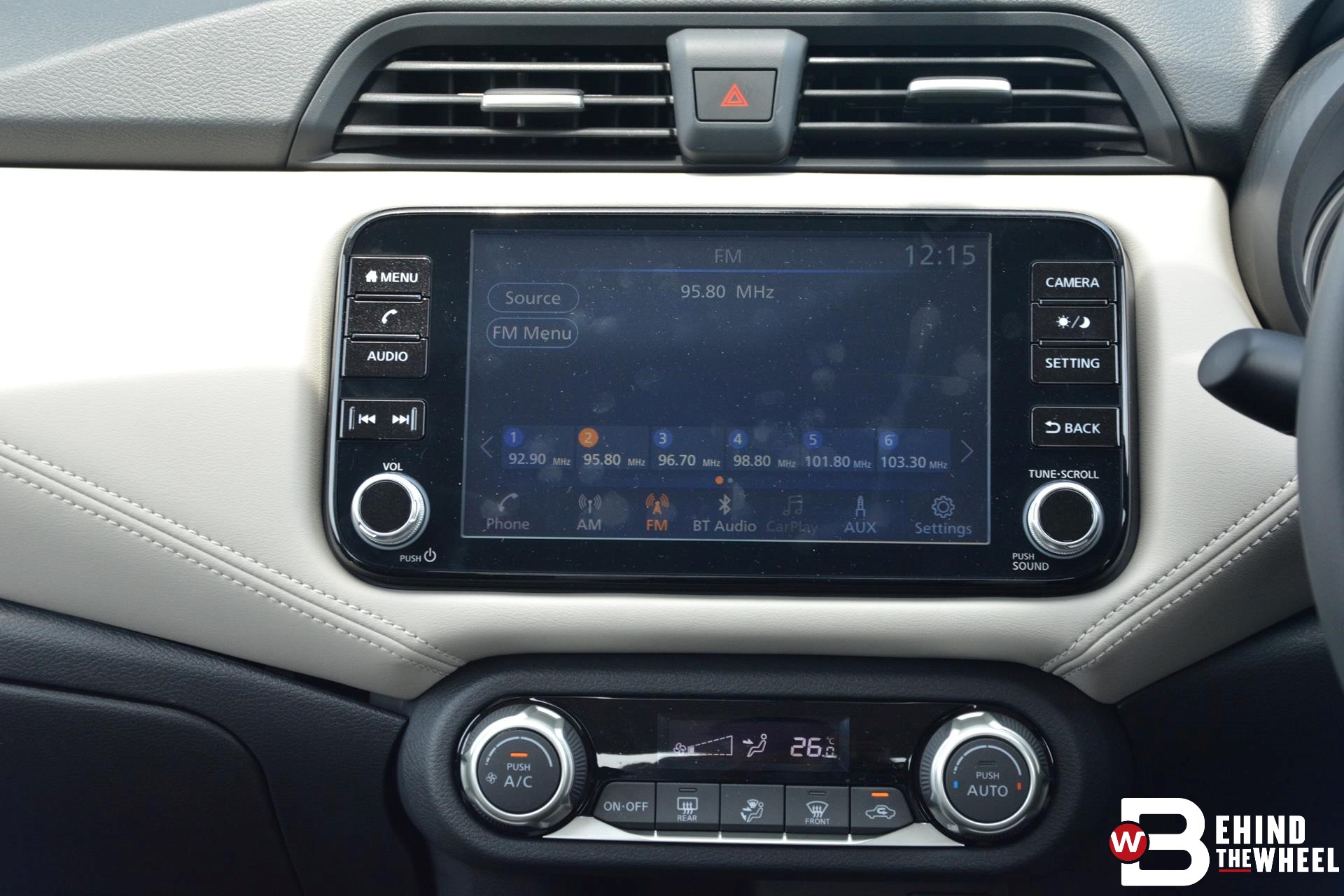
A soft-touch faux leather in a distinctive shade of ivory covers the entire central point of the dashboard from the right air-conditioning vent to the left and lines the side of the leather seats as well. As far as the segment has come, it’s still a rare sight for leather to cover much of the dash, so this definitely gives it a jump on the competition.
The jury is still out on the faux carbon fibre trim but we’re willing to close an eye towards that.
The faux ivory material surrounds the 8.0-inch touchscreen infotainment system, it’s on par with the rest of the field and still packs Apple CarPlay connectivity. You’ll only find this on the VLT and VLP trims however and not the peasant-spec VL. All three trims get three USB charging slots.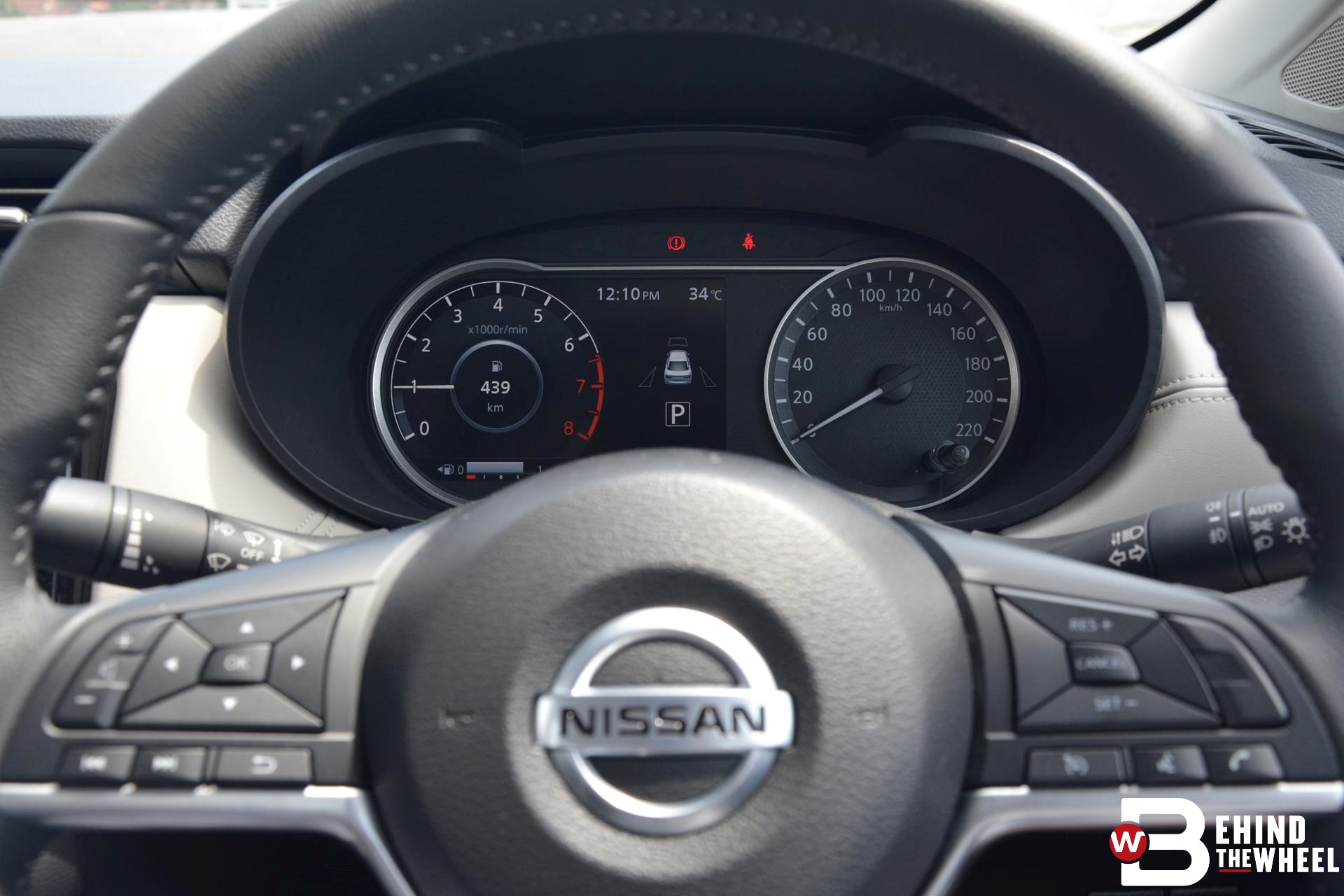
Also, exclusive to the VLP and VLT is the 7.0-inch semi-digital instrument cluster for the driver. Why semi you may ask? Well, the right side of the conventional twin-binnacle layout is a traditional analogue speedometer while the left houses a coloured display that can cycle between the usual fuel economy gauge, safety system status, traditional tachometer and others.
Now we come to another headlining feature of the new Almera. Granted, it’s not segment-leading as the competition have adopted active safety as well but they reserved it exclusively for the flagship trims. The Almera offers forward collision warning and forward emergency braking across the range. Yes, even the peasant-spec VL gets in on the active-safety action.
You’ll also find a surround-view monitor (360-degree camera), blind-spot warning and rear-cross traffic alert (RCTA). Six airbags and the usual alphabet soup of safety features such as ABS, EBD and stability control are all present and accounted for.
Last but certainly not the least is the most controversial component of this equation; the powertrain. Motivation comes from a turbocharged 1.0-litre, inline-three petrol engine. Proving that there’s indeed a replacement for displacement with forced induction, the tiny mill makes an adequate 99hp and 152Nm of torque.
While power is down over its predecessor, it’s the torque that counts and that figure easily overwhelms the new Toyota Vios and Honda City (non-RS trims).
Coupled with the CVT transmission, the powertrain is proving to be the little engine that could. It’s punchy down low, precisely where you want the grunt for something that’s a city runabout. Pick up is equally brisk and makes for an adequate urban navigator. We didn’t have much time with it but the drivetrain was up to par on all roads.
The VLT tested here goes for RM91,310 (RM 95,888 with sales tax). Apart from the lighting and blind-spot warning as well as the RCTA, it’s pretty much identical to the mid-VLP trim. Either of the duo are mighty impressive alternatives in a B-segment burgeoning with outstanding options from the default heavyweights.
If you’re in the market for a B-segment sedan, the Almera deserves a spot on the menu seeing that it’s gone from absolute potato to crispy French fries.